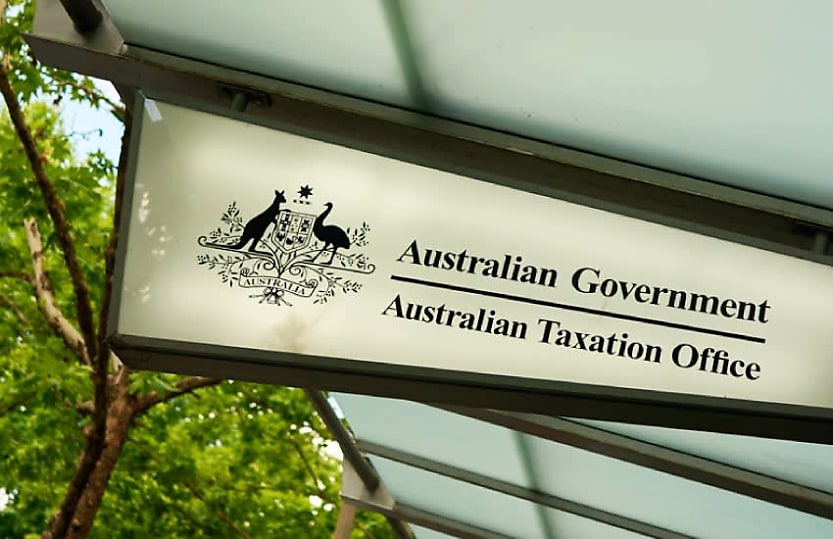ATO consistently failing to meet transfer pricing targets, audit finds

The Audit Office found the ATO’s transfer pricing review frameworks to be “largely effective” despite consistently falling short of its aims.
The ATO’s approach to transfer pricing for related party debt is "largely effective," but often undermined by failing to meet assurance targets, an audit has concluded.
Most of the recommendations of the review – including minimum assurance reviews and scrutinising taxpayers who choose not to use the ATO’s primary engagement mechanism – have been agreed upon by the ATO, while the remainder were agreed to in principle.
The Australian National Audit Office (ANAO) was commissioned to conduct the review to assure parliament that the ATO was effectively managing transfer pricing for related party debt and that its strategies were optimally geared towards identifying and responding to risks.
Transfer pricing is the amount paid for transactions between related parties. Multinational tax performance is a key focus area of the ATO, and recent reviews have found related party financing to be an ongoing challenge for the Tax Office.
The audit – which focused on Top 100 and Top 1,000 populations and their transfer pricing activities from 2019–20 to 2022–23 – cost the Audit Office nearly $600,000 and involved meeting with ATO personnel, detailed walkthroughs, and reviews of ATO documentation.
While it found the ATO’s management of transfer pricing for related party debt to be “largely effective,” it said its assurance was undermined by a failure to assess, meet, and report on its assurance targets.
The ATO fails to assess, meet, and report on assurance targets. The Tax Office manages related party transfer pricing risk through its Top 100 Justified Trust and Top 1,000 Combined Assurance programs.
Despite aiming to complete targeted assurance reviews for all Top 100 taxpayers annually, it achieves an annual average of 62.5 per cent.
Among Top 1,000 taxpayers, the Tax Office aims to complete 250 combined assurance reviews each year and yet it gets, on average, only 61.3 per cent of the way there.
As is, the ATO does not report to the Strategic Management Committee on progress against those targets.
To this end, the ANAO recommended the ATO should determine the number of reviews among both taxpayers’ groups to gain sufficient assurance.
The ATO agreed, adding, “The ATO will review its current assurance approaches to ensure we are achieving our goals and formalise the findings.”
In 2022, the ATO self-assessed that related party financing posed a disproportionate risk of non-compliance with income tax laws among Top 100 entities.
Among Top 1000 entities, finance assurance activities incurred the greatest number of low assurance red flag ratings while interest-bearing loans were the largest category of financing risks reviewed.
Given the heightened risk profile of related party debt, the ANAO audit into Top 100 and Top 1000 entities was identified as a priority by the parliamentary Joint Committee of Public Accounts and Audit.
In 2020–21, inbound international related party borrowings in Australia amounted to $520 billion, with $13.2 billion in interest expenses.
Approximately 33 per cent of these inbound borrowings came from Top 100 entities, while a further 40 per cent came from the Top 1000.
The ATO reported that it has coverage of over $341 billion or 80 per cent of all inbound interest-bearing related party debt and that it has removed more than $45 billion in interest deductions.
The Audit Office also considered the ATO’s processes for identifying and managing transfer pricing risks and its strategic framework for related party debt, both of which it found to be “largely effective.”
Beyond setting clearer review targets, the ANAO recommended the ATO should make relevant training mandatory, begin analysing and recording why entities may not lodge country-by-country local file reporting, and that it should take action to ensure taxpayers with related party debt that do not apply PCG 2017/4 are subjected to a review.
“The ATO welcomes this review and is pleased the report acknowledges the ATO has sound strategies and processes to address transfer pricing risk for related party debt,” said the ATO.
About the author

